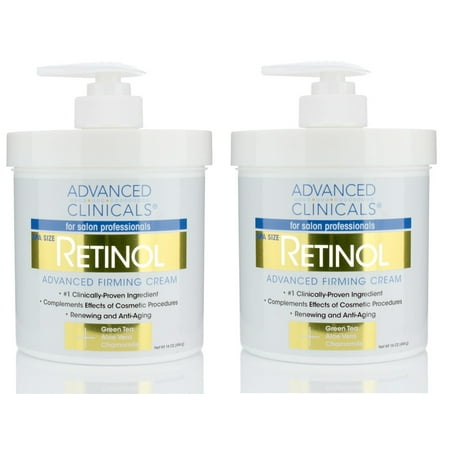Vanilla Bean Shower Gel – 100% PURE
Richly foaming shower gel lifts away dirt, oil, and impurities while rehydrating thirsty skin with coconut oil, soothing aloe, and mineral-rich red algae.
Richly foaming shower gel lifts away dirt, oil, and impurities while rehydrating thirsty skin with aloe and rose hydrosol. Infusions of red algae and green tea help to lock in essential moisture and gently tone the skin. Our sulfate-free formula is free of harsh detergents, and uses gentle coconut oil surfactants to maintain skin’s delicate lipid barrier. This nourishing shower gel is infused with the scent of clean, calming lavender.
DIRECTIONS
Apply shower gel to a wet bath sponge. Massage onto skin to activate lather, then rinse thoroughly before following with daily body moisturizer.
SIZE
8 fl oz / 236 ml
SOURCE
Made in USA
EVERY INGREDIENT WE USE IS BENEFICIAL, HERE ARE A FEW:
LAVENDER ESSENTIAL OIL
Lavender Essential Oil fights acne and reduces scars.
HONEY
Honey soothes skin and is a natural preservative.
RED ALGAE
Red Algae moisturizes and brightens dark spots.
GREEN TEA
Green Tea tones and protects with antioxidants.
ROSE HYDROSOL
Rose Hydrosol tones skin and tightens pores.
COMPLETE LIST OF INGREDIENTS:
Aloe Barbadensis (Organic Aloe) Leaf Juice*, Rosa Centifolia Flower Water (Rose Hydrosol), Cocos Nucifera (Saponified Coconut) Oil, Vegetable Glycerin, Extracts of Vanilla Planifolia Fruit (Vanilla Absolute), Camelia Sinensis Leaf (Green Tea) and Asparagopsis Armata (Red Algae), Mel (Lavender Honey), Extracts of Thymus (Thyme) Vulgaris Flower/Leaf, Origanum Vulgare (Oregano) Leaf, and Rosmarinus (Rosemary) Officinalis Leaf, Vanilla Planifolia (Vanilla) Fruit Flavor, Lonicera Caprifolium (Japanese Honeysuckle) Extract, Hyaluronic Acid *Certified Organic
Ingredient Glossary
Natural ingredients may vary in color and consistency






by Laura
this shower gel never disappoints, it’s creamy, lathers nice, and doesn’t strip your skin, and truly smells just like vanilla. I’ve used it for years.
by Harry
The Vanilla Bean scent in general is my absolute favorite, and the shower gel does not disappoint! Lather is excellent, scent is heavenly.
by Dawn
I have used this shower gel for a long time. I love it and constantly repurchase. The matching body cream is the best too.
by Ally
Good ingredients but has a weird medicinal smell. This is also very watery and not gel like.